Mosquito borne diseases

In about 150 countries around the world, mosquitoes are a common pest. These pesky vectors can bite and carry diseases such as malaria, dengue fever, yellow fever, chikungunya and others, in addition to buzzing in our ears. Every year, mosquitoes are the sole cause of around 500 million infections and 1 million deaths. Around 40 million people in India die from diseases spread by mosquitoes annually. Mosquitoes regularly carry non-contagious diseases in warm climates. Since the environment in the tropics is perfect for their year-round survival, mosquitoes do not hibernate there.
How can a mosquito spread disease?
Mosquitoes can both store and spread disease-causing microbes. When a mosquito feeds on an infected host (domestic or wild animals or human beings), these parasitic organisms enter the mosquito’s body. The parasitic organism grows and replicates within the mosquito. This disease-carrying microbe is subsequently transmitted through a bite from an infected mosquito to a healthy host, thus acting as a disease vector.
Predominant mosquito borne diseases in India
Malaria
Malaria is an acute fever sickness brought on by Plasmodium parasites. These parasites are transmitted to people by the bites of infected female Anopheles mosquitoes, which are most active between the hours of 9 pm and 5 am. The initial signs of malaria, which typically manifest as fever, headache, and chills, may be modest and challenging to diagnose. They typically appear 10 to 15 days after the infected insect bites. If P. falciparum malaria is not treated, it can progress to serious sickness and death in less than 24 hours. Infants, young children, pregnant women, HIV/AIDS patients, as well as anyone with low immunity migrating to places with high malaria transmission rates, such as migrant workers, mobile communities, and travellers, are at significantly higher risk of getting malaria and developing severe disease than other demographic groups.
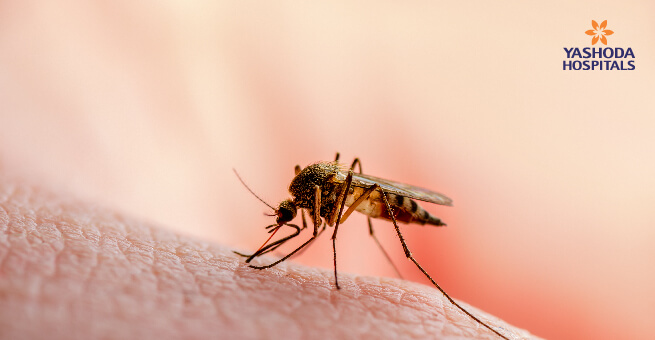
Dengue
Dengue fever, also referred to as “backbone fever,” is brought on by the dengue virus and spread by female mosquitoes, mostly those of the species Aedes aegypti and, to a lesser extent, Ae. albopictus, which often bites throughout the day. These mosquitoes can transmit Zika, yellow fever, and chikungunya viruses. Although less prevalent, severe dengue can result in a number of consequences including severe bleeding, organ damage, and plasma leakage. Inappropriate management of severe dengue increases the chance of mortality. 3.9 billion individuals are thought to be at danger of contracting dengue viruses, according to a study on the prevalence of the disease.
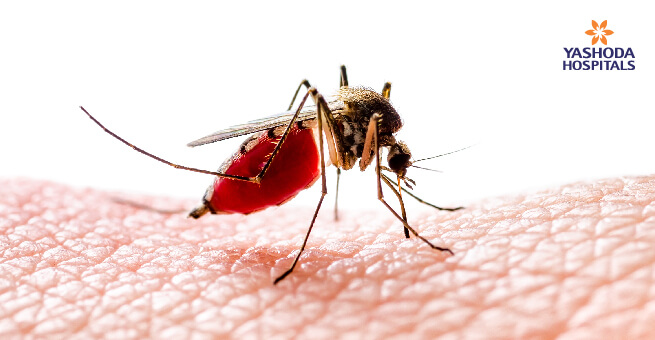
Chikungunya
Chikungunya is an infectious disease caused by the Chikungunya virus (CHIKV). Two mosquito species, Aedes albopictus and Aedes aegypti, transmit the virus to humans. Chikungunya symptoms often occur a week after infection. Chikungunya is distinguished by a sudden onset of fever, which is often accompanied by joint swelling and pain. The joint pain can linger for a few days, but it can also last for weeks, months, or even years. It is typically quite painful, sometimes worse than dengue infections. Compared to cases of dengue, the physical ache from chikungunya is more intense. Muscle soreness, headache, weariness, and a rash may occur in some cases.
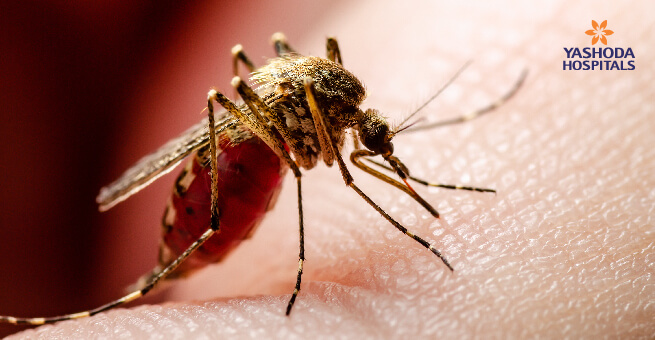
Signs and Symptoms of infection caused by mosquitoes
When a mosquito infects a person, the majority of them show minor symptoms. Mild fever, headaches, body aches, nausea, vomiting, and a rash are typical symptoms. But if the disease causing microorganism damages the brain tissues or the membranes surrounding the brain (encephalitis) and spinal cord (meningitis), it may result in serious sickness .
In serious circumstances, the patient might exhibit signs that necessitate prompt medical attention. These consist of:
- Rapidly rising fever
- Headache
- Blood in the stools or urine
- Muscle jerks
- Tremors
- Seizures
- Nausea or vomiting
- Confusion
Treatment
The majority of diseases spread by mosquitoes have no specific treatments. Malaria is easily treatable with medications but there are no medications against dengue or chikungunya because they are viral illnesses; they need supportive therapy and organ specific therapy if complications occur. Medication is used to treat symptoms such as body pain, fever, rash, and others. Hospitalisation can be required in extreme circumstances.

Prevention
Preventative measures are crucial because there is no vaccination or treatment for the prevention of these illnesses. In order to avoid contracting a disease from a vector, it is advised to take appropriate precautions. Some of the preventive measures include:
Mosquito Repellents
In the form of coils, aerosols, liquid vaporizers, and other products, there are countless mosquito repellent choices on the market. By using these repellents,one can lessen their risk of contracting an infection while keeping mosquitoes at bay. DEET (diethyltoluamide)-containing insect repellents are effective at protecting one from bites. Make sure to read the label before using it.
Water storage
Mosquitoes love stagnant water as a breeding site. The development of breeding sites can be avoided by storing water in containers with closing lids rather than open ones. To prevent mosquito breeding, it is essential to ensure proper cleaning of water storage on a regular basis. Water should be changed frequently in buckets, coolers, flowerpots, and other household containers.
Clean Surroundings
To prevent water accumulation, it is essential to clean up the space around you by tossing away unwanted materials like broken buckets, boxes, drums, and cans. Regular disinfection of the roof, flooring, and furniture is also essential to keep the house clean and free from contamination.
Mosquito screens
Mosquito screens are an option for both mosquito control and air ventilation. Installed at the doors and windows, these mesh-like protection coverings allow air to flow in and out while keeping mosquitoes away.
Avoid going out at active hours
Mosquitoes are more likely to have a feast at dusk and dawn. Make sure to avoid stepping out at these hours. Don’t forget the mosquito repellent in cases when it is important to go out.
Protection while travelling
To avoid getting bitten by mosquitoes, dress completely clothed. Use bed nets and carry insect repellant when spending the night outdoors.
How safe are mosquito repellents?
Depending on the type of repellent being used, mosquitoes can be safely avoided. The safest options for protecting kids from mosquitoes are mosquito nets and mosquito bats. Lotions, roll-ons, and creams are generally safe (depending on the composition). Vaporizers for liquids are generally safe when used carefully (avoid accidental ingestion by kids). Although mosquito coils are incredibly effective indoors, they are not suitable for children because they can worsen asthma and allergies and create respiratory issues. Despite the fact that DEET-based insect repellents are safe, occasional adverse reactions, mostly as a result of improper use, have been reported. These include dermatitis, allergic reactions, neurologic and cardiovascular side effects, as well as encephalopathy in children.
The best method to avoid contracting diseases brought on by these small troublemakers is through prevention. It is strongly advised that you take numerous precautions in your daily life to protect yourself and your family from these disease-carrying mosquitoes.
References:
- Mosquito-Borne Diseases https://www.nationwidechildrens.org/conditions/mosquito-borne-diseases
- Mosquito-Borne Diseases from Travel
https://www.childrenscolorado.org/conditions-and-advice/conditions-and-symptoms/symptoms/mosquito-borne-diseases-from-travel/ - Diseases that can be Transmitted by Mosquitoes https://www.health.state.mn.us/diseases/mosquitoborne/diseases.html
- Mosquito-Borne Diseases https://kidshealth.org/en/parents/mosquito-diseases.html
- Symptoms and types of mosquito-borne diseases and prevention techniques https://www.mortein.co.in/expert-advice/expert-tips/symptoms-and-types-of-mosquito-borne-diseases-and-prevention-techniques/#:~:text=In%20India%2C%20around%2040%20million,not%20detected%20well%20on%20time.&text=Malaria%20is%20caused%20by%20the%20parasite%20Plasmodium.
- Malaria https://www.who.int/news-room/fact-sheets/detail/malaria
- Dengue and severe dengue https://www.who.int/news-room/fact-sheets/detail/dengue-and-severe-dengue
About Author –
DCH, DNB (Pediatrics), Fellowship in Pediatric Critical Care (UK), PG Diploma in Pediatrics and Child Health (Imperial College, London)




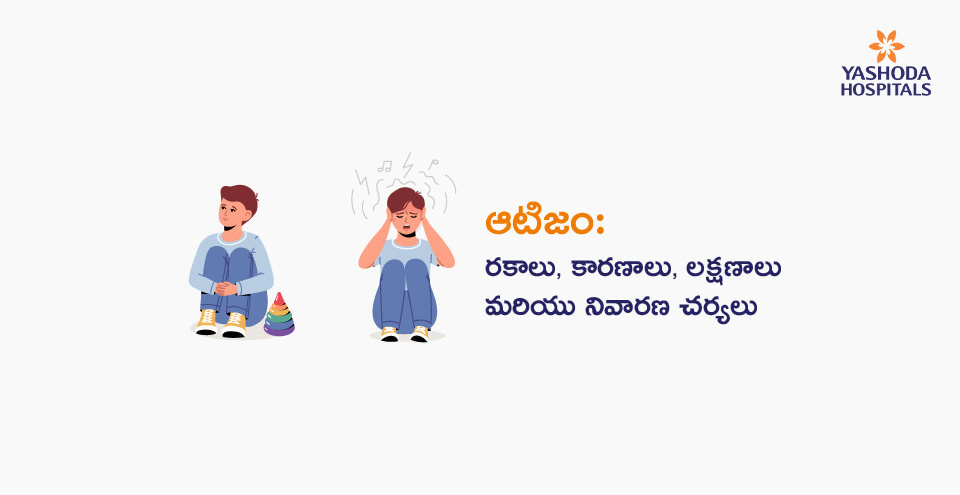

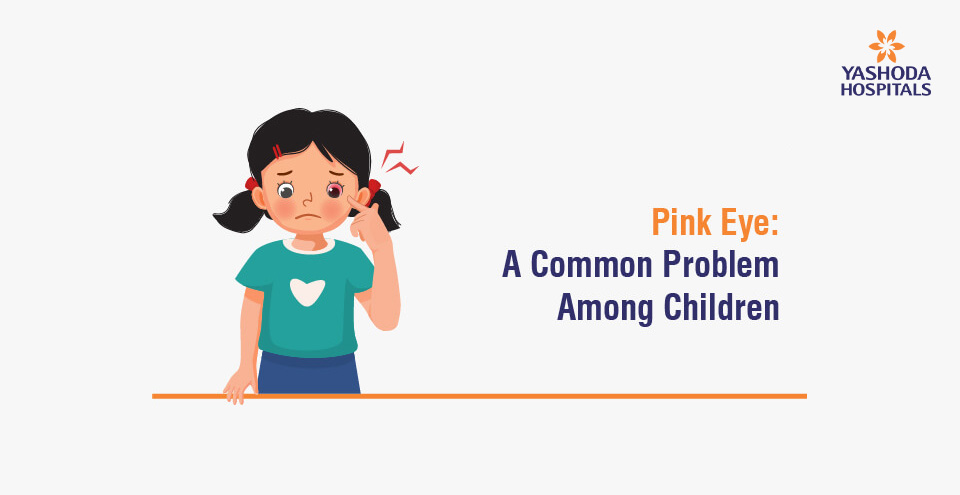

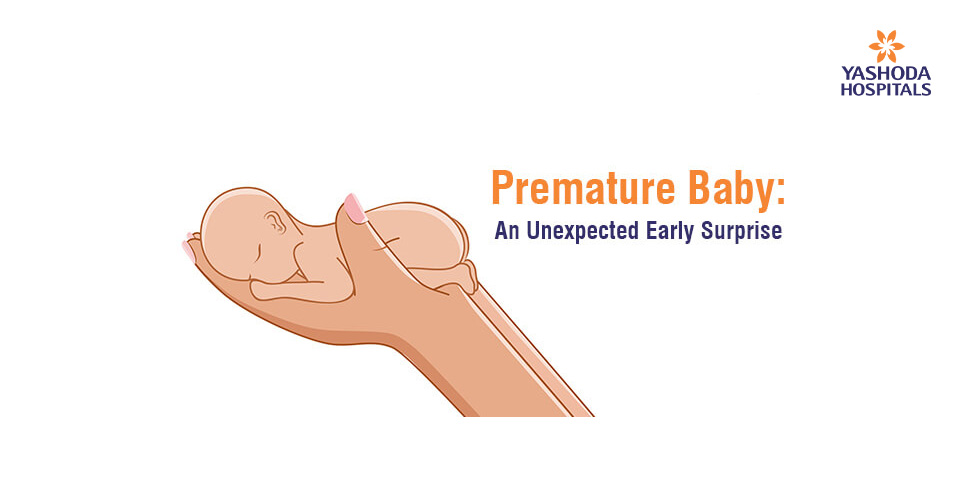
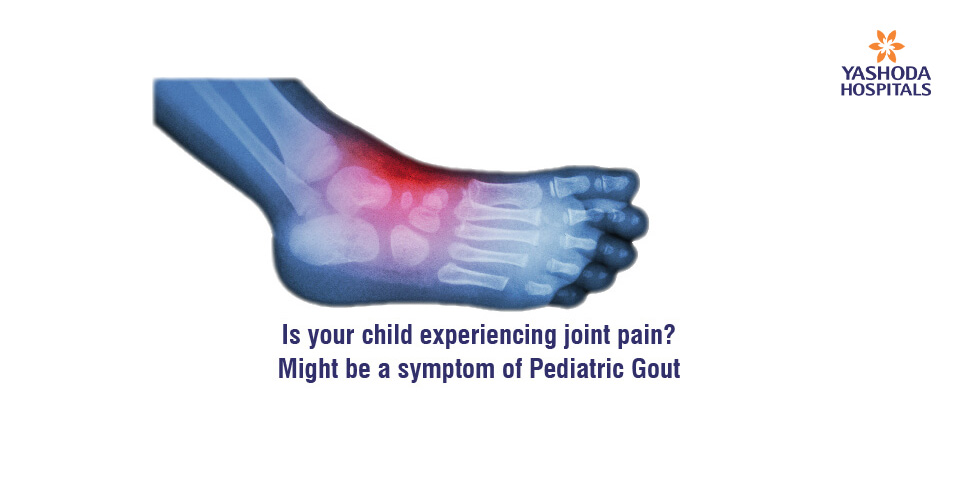
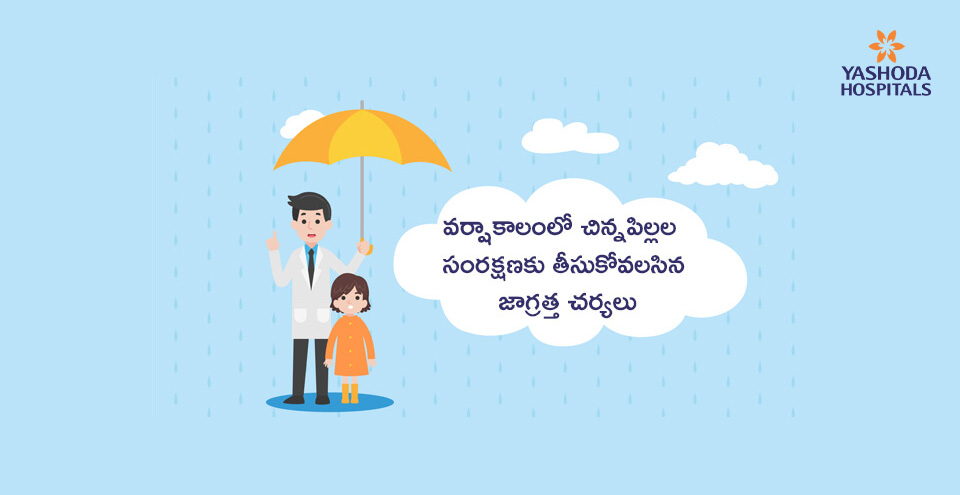
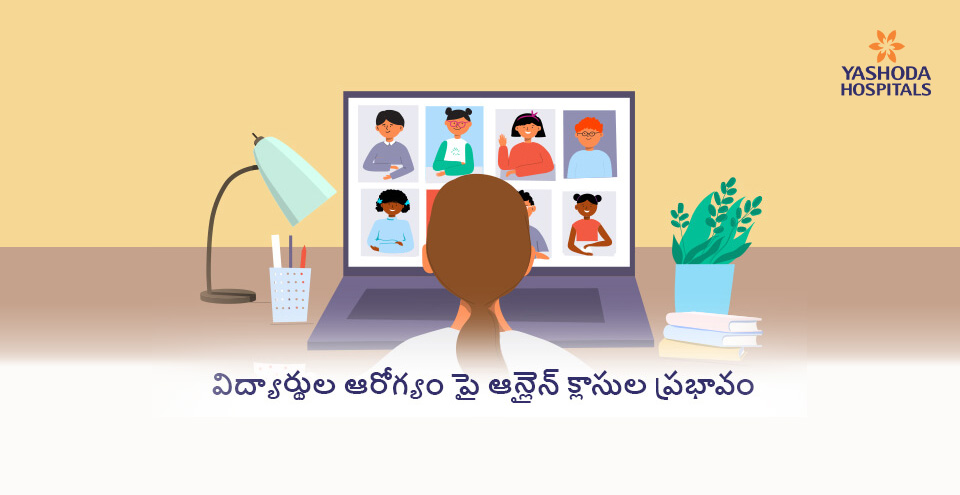
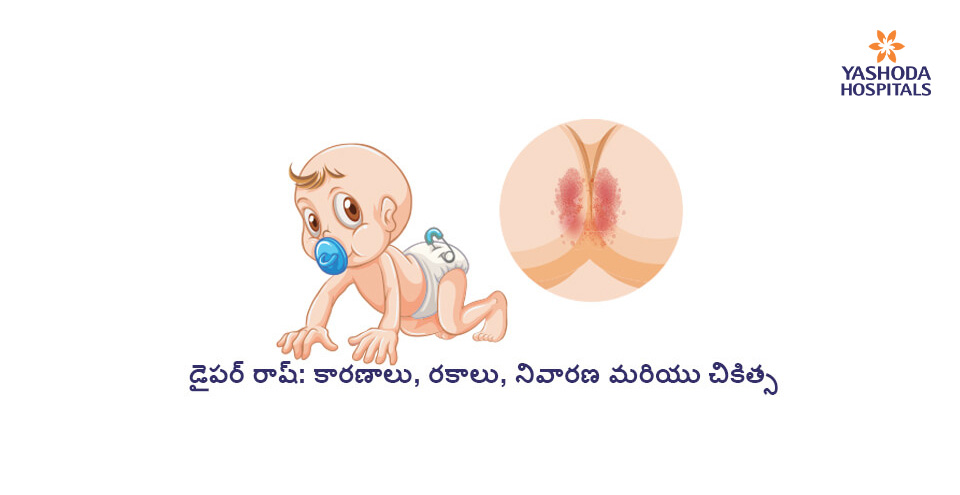
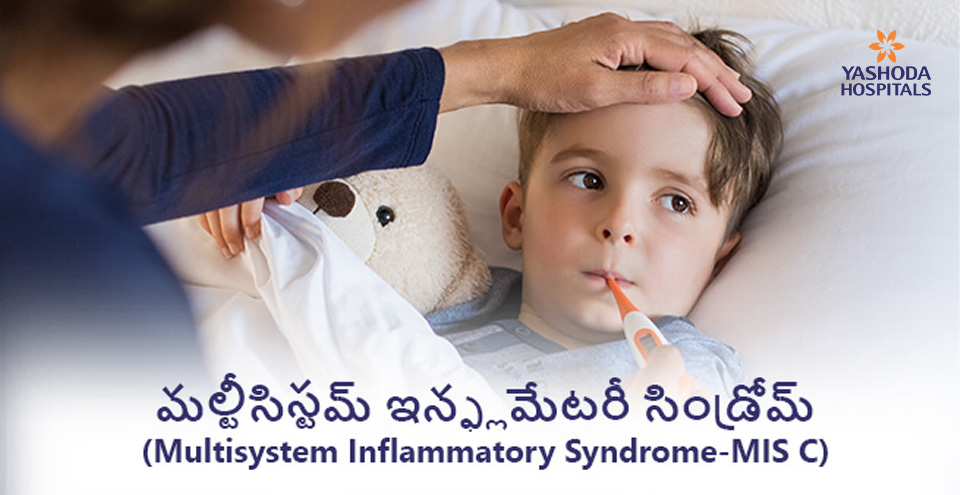
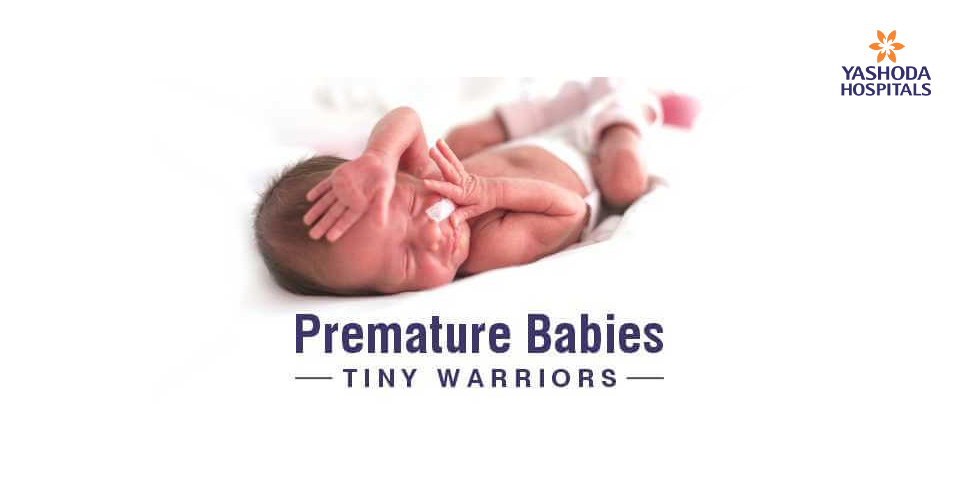
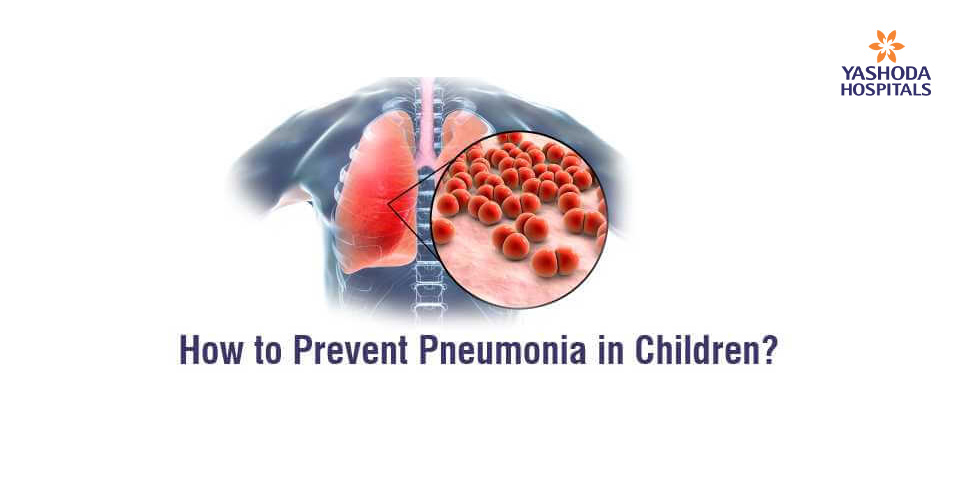
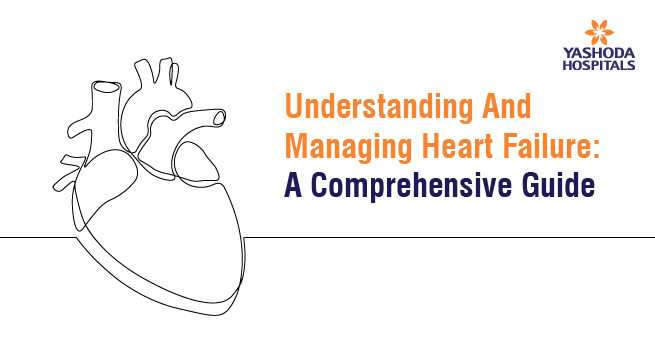

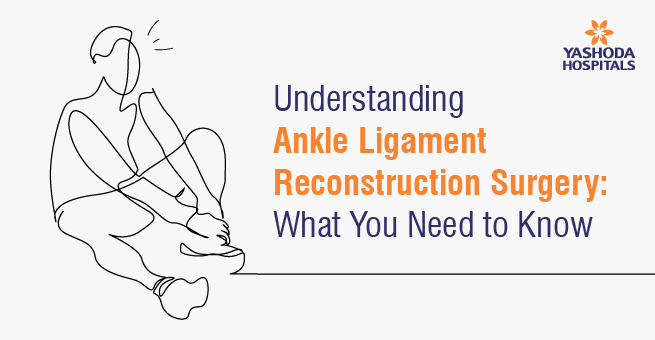


 Appointment
Appointment Second Opinion
Second Opinion WhatsApp
WhatsApp Call
Call More
More





